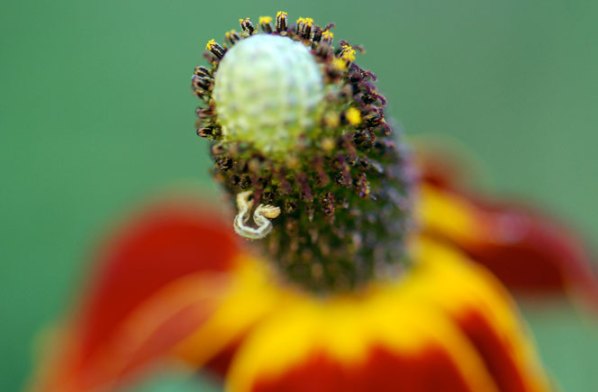It is easy to find photographs of butterfly life cycles because butterflies are bright, colorful and active during the day. People like them.
Moths, on the other hand, are commonly drab, secretive and fly mostly at night, so not as much is available.

This is what the typical adult moth looks like.

Some moths can be quite colorful, however, so color is not the only factor to consider. Another feature of moths is that their bodies are often thicker than that of butterflies, and the thorax area in particular may be covered with hair-like scales (illustration from Wikimedia). Therefore, moths look fuzzy.

The adult moths lay eggs. The size and shape will depend on the species of moth. These are silkworm eggs.

The yellow eggs on the leaf above were laid by an Io moth, Automeris io (Photograph by Gary Foster at Wikimedia).
The eggs hatch into larvae, commonly called caterpillars.

The caterpillar shown here is a type of cutworm. Moth larvae are essentially just like butterfly larvae.

Moth pupae, however, are quite different from butterfly pupae. Often moth larvae construct a bag made of silk, called a cocoon, and then pupate inside it. The pupa itself is plain reddish-brown.
Other moth larvae excavate underground chambers and pupate in the soil.
Butterfly pupae, in contrast, are called chrysalids and sometimes form colorful and elaborate shapes. They are often found attached to plants.
For another view of a moth life cycle, try this post about silkworms.
Although moths are often ignored, they are on the order of ten times more numerous than butterflies. That means that for every butterfly you see flitting about your yard, there may be ten species of moths hidden away. Something to think about…










